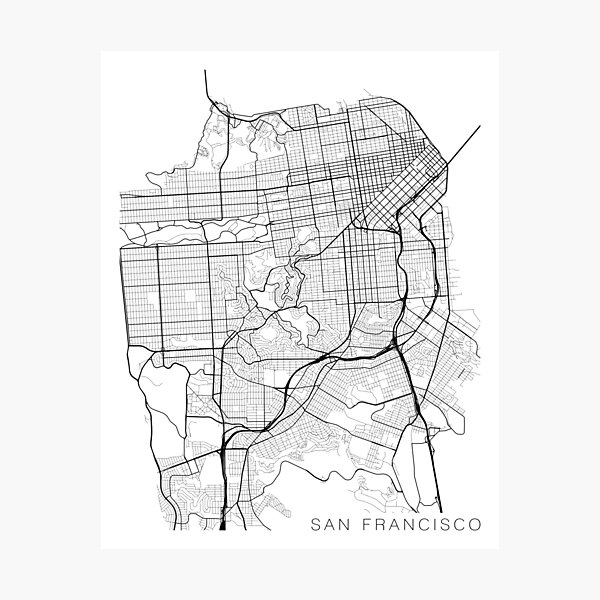Architecture school sure is something. One of the more subtle and persistent changes I have noticed is that my taste, post-M.Arch, is no longer in line with a normal person. I’ll catcall a good box, for starters.
My desire to write this guide is not because I necessarily think architects are ‘right’. We make buildings that are often very difficult–to understand, appreciate, build–and the response from the public is usually resentment. I just want the average person to have the tools to understand why they do like something. I think it would help prevent the proliferation of crappy McMansion homes in gated communities, which are a very misguided attempt to recreate what it was that we liked about spaces and houses. Instead of getting something that is actually a good, solid home, with space that they not only like, but also functions in the long-term, people are buying houses that say “HOUSE!!!” as loudly as possible, with a bunch of parceled out parts and “features” that end up in cacophony. HIGH CEILING, SKYLIGHT, OPEN PLAN, GRANITE COUNTER TOP, MASTER BATH, PORTICO, EXPOSED WOOD, GRAND STAIRCASE, FLOOR-TO-CEILING WINDOWS, 3000 SQ FT. You know, that kind of thing.
Kate Wagner over at McMansion Hell is doing the Lord’s work in deconstructing why these houses are bad (though I do wish she spent more time looking at it holistically rather than room by room). I just want to help you, average-person-but-special-in-your-own-way, to look at all buildings. Who knows? You might end up liking boxes too.
There are many different ways to assess the most important part of a building, but rather than going at it in the order you’d end up using ‘in the field’, we’re going to sort through it easiest to hardest.
PART I: MASSING
The easiest way to assess a building is massing. Massing refers to the concept of the large, general shape and arrangement of the building. If you’re near a building right now, go ahead and get about 50 feet straight back from it, so you can look at it head-on. If 50 feet is too far, get as far away as you can while still able to look at the building head-on. Face your enemy.
Now squint, or take off your glasses.
The details should fade out. Instead, you should see a general blob in front of you. Perhaps there is more than one blob. What is the shape of this blob? Is it thicker in the middle, or the sides? Does it have one tall side with one short?
If you had to reduce this to a few simple shapes, how would you do so?

The arrangement of mass generally has deeper purpose, usually related to function or program, which means the various functions and activities a building has to support. The largest mass often houses the core function of the building or the most important one.
Massing can be used to highlight program pieces, or indicate ‘special’ parts of the building. Here the massing is the design.

In general, massing is mostly about the building in relation to itself; about its shape and its articulation. Sometimes massing will not indicate a single most important part, either deliberately or by incompetence.
PART II: MATERIALITY
This one is easier than others, just because material is often easier for the average viewer to identify. This means looking at a building and determining what it’s made of–or at least, what it would like you to think it is made of. Particularly in American (and Canadian) construction, the façade of a building is usually an entirely separate system than its structure. (When the structure is purposefully made visible, we call this expressed.) Sometimes the divorce of a building’s materiality and its structure can be used in a playful way:
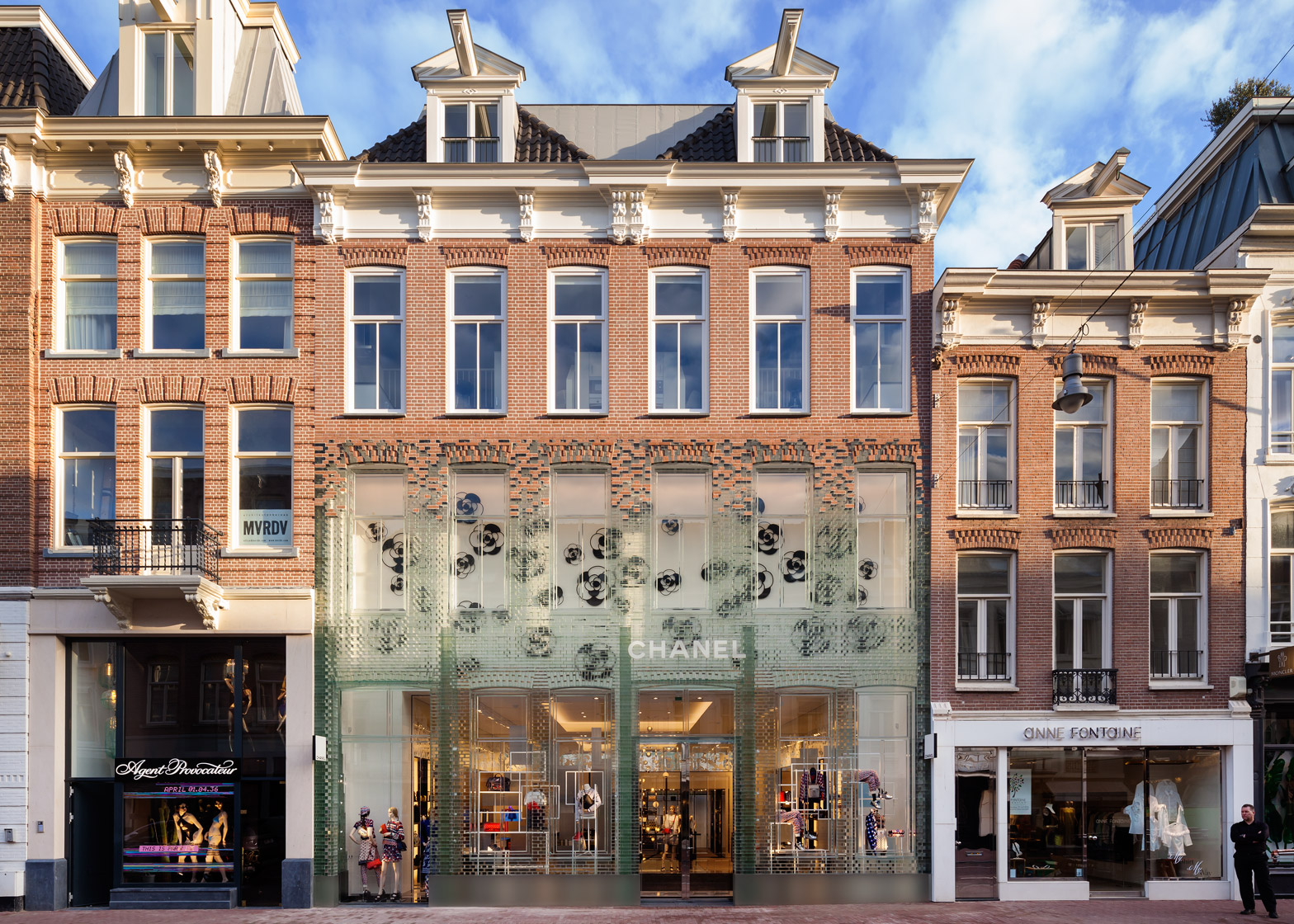
Other times the architect chooses to re-express the structural material in the façade, so the building is more “honest”. Here the concrete on the exterior is not at all load-bearing.
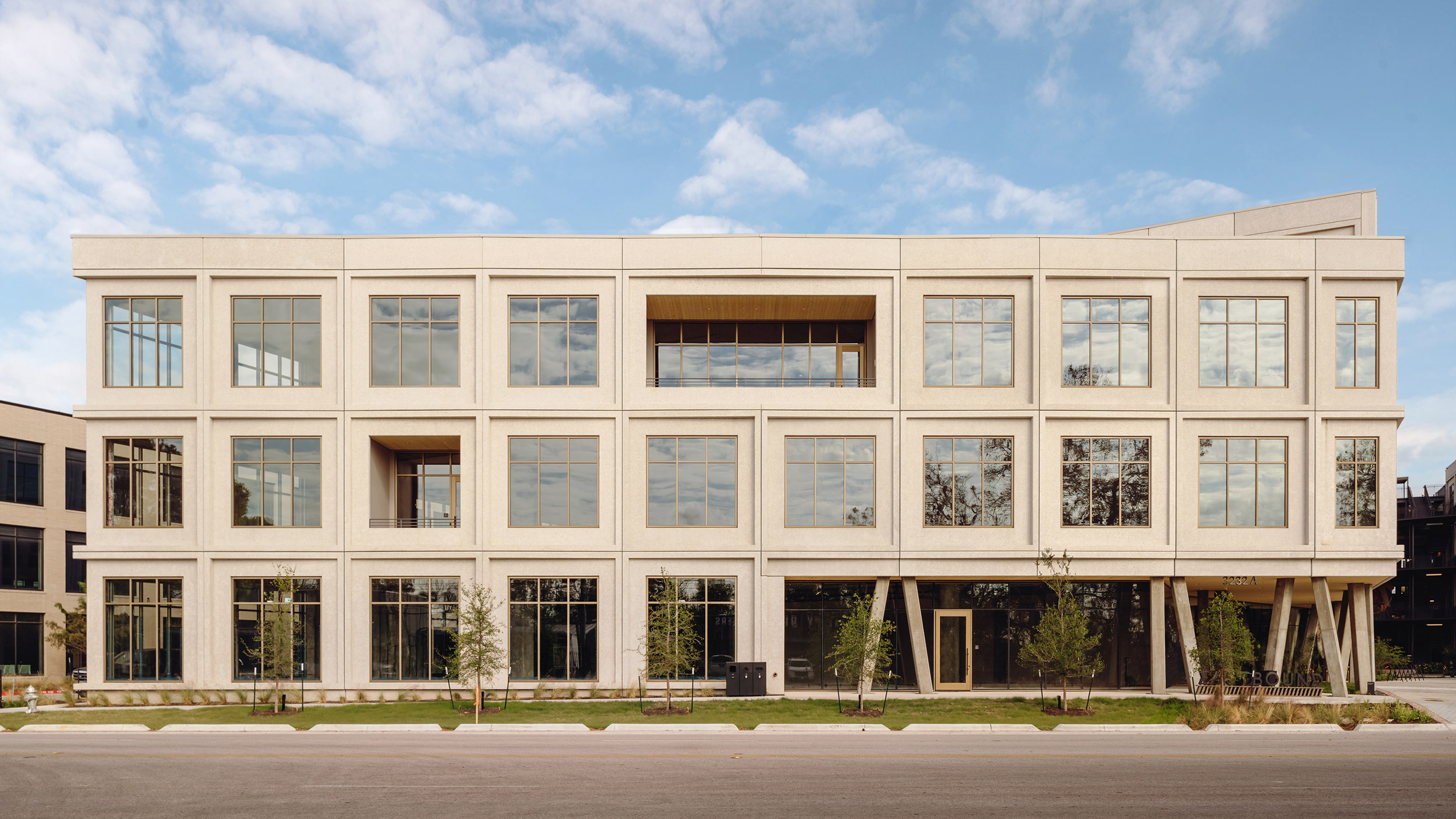
However, this section is about the easier version of materiality, not about its relationship to structure. (That requires you to be able to identify a structural system, which, when they’re hidden, is often heavily reliant on your knowledge of reasonable thicknesses and material abilities. Something I’m still shaky at, even after four years of school.)
Materials are also chosen with a purpose. The first step is to ask: can I easily identify the material? Sometimes the answer is no. And it’s not because of a failure on your part–the architect literally chooses to hide the material, usually with gypsum. So when we look at the building, we are confronted with something purposefully ambiguous.
:max_bytes(150000):strip_icc()/Portland_Building_1982-b0e801d520984e2297b0a0a40d745e94.jpg)
However, the answer can also be deliberately clear: brick is fairly straight forward, as is stone, concrete, wood, steel, glass. If the material is easily identifiable, the next question is where it’s being used, and what it’s paired with.
Certain materials have certain connotations–stone and brick are considered more “solid” or “heavy”, for example. Concrete can be thought of that way, but if you spend enough time in the architecture world, concrete is viewed far more as a plastic and sculptural material. I could write an entire post on concrete alone, frankly.
Anyway! Glass is often meant to disappear—

–or imply ‘thinness’, ‘lightness’, etc.
Glass paired with a heavy material can therefore emphasize the solidity of that material–

—or make us double-take at how something heavy apparently ‘floats’.

Wood is almost always considered a ‘warm’ material. There was (and possibly still is) a trend of reclaimed wood use to make buildings and spaces feel authentic, warm, and connected to the past. Wood can be used solidly, in such a way that makes us think of giant trees:
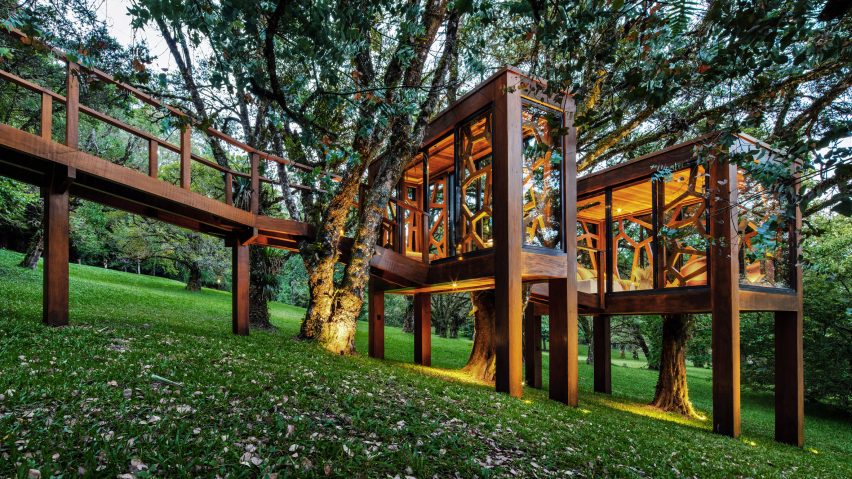
Or in a way that also feels light, airy, and sculptural.
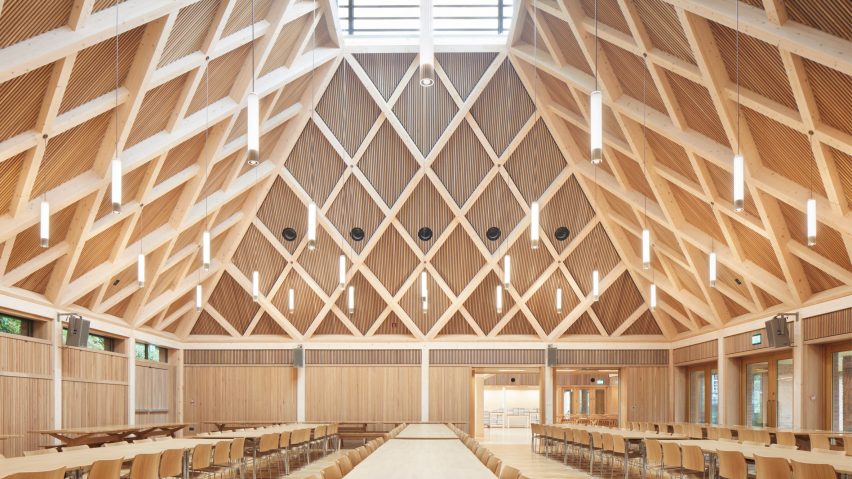
Often, architects will use the same material in multiple ways to contrast how it can be perceived.

This particular example is interesting because it makes the wood solid yet light by the thinness of the staircase balustrades, and more traditional ‘light’ feeling wood with the wood slat screen lining the interior balconies.
Now go look at some buildings.


